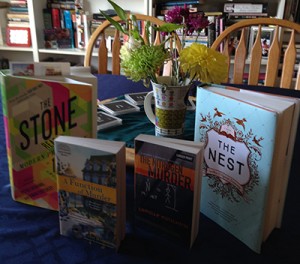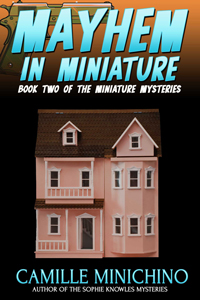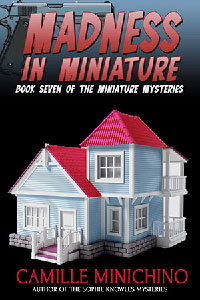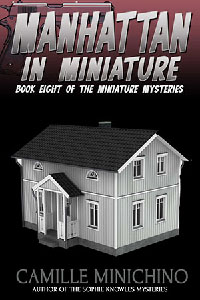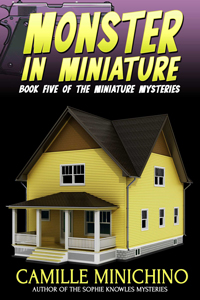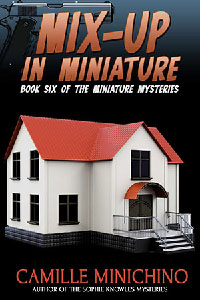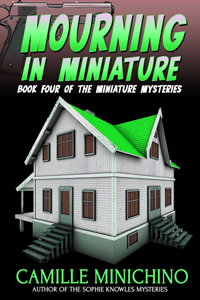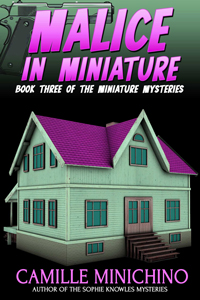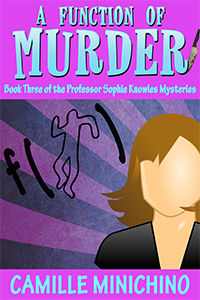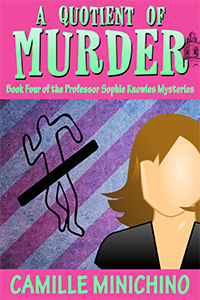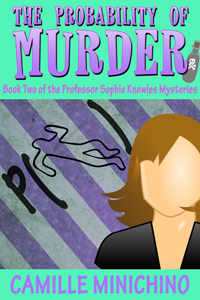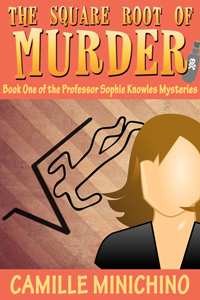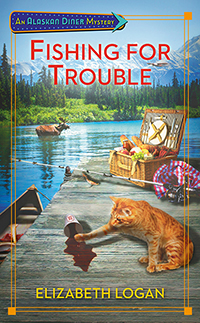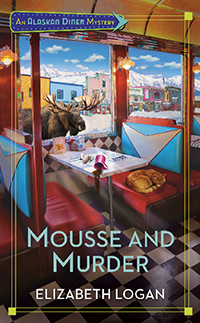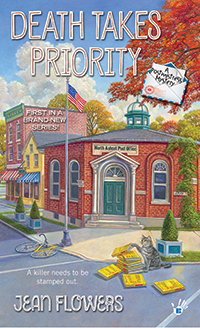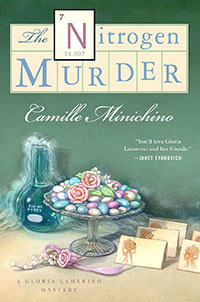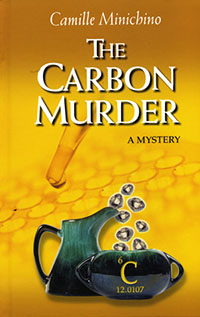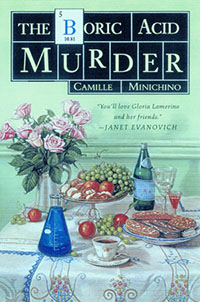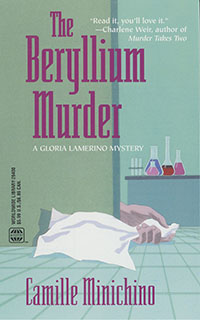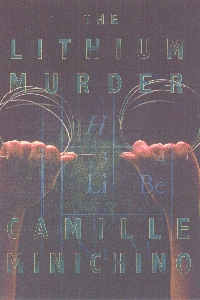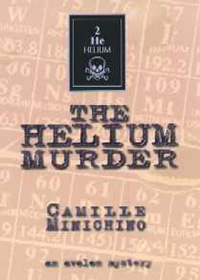Mystery series are popular these days. (Thanks, readers!) Some series seem to go on forever, with 10 or more books released over a period of years—nearly 26 for Sue Grafton (Thanks, Sue!) I know many readers who insist on reading the series in order. I’m not one of them. One reason is purely practical: if the series has been around for a while, the first ones are out of print, and possibly not available in e-form either, if the publisher has chosen not to reissue. The other reason takes longer to explain:
The photograph illustrates my theory: Every book is a standalone.
Think about the need to read a series in order. I imagine these readers at a party, being introduced to someone new, hitting it off.
“Let’s be friends,” the new person says.
“Sorry,” says the in-order reader. “We can’t be friends because I didn’t know you as an infant.”
The way it usually works in real-life friendship is that you can start a friendship at any age, with people of any age. As the relationship grows, each person’s backstory is revealed, not necessary in chronological order. It’s the same for me with characters in a book. If I happen upon book four of a series and it looks interesting, I’ll read it, then decide if I want to know more about the protagonist, in which case, I’ll pick up either earlier or later books, depending on what’s available.
Of course, it’s different for a trilogy or other format where the story is set up in a certain order.
It’s also different for tv shows, where it’s sometimes impossible to understand an episode unless you’ve seen the “previously on”s.
But each book in a mystery series should stand on its own, with understandable characters and a story that has a satisfying conclusion. If you’ve started with book five of a series and have no idea about the motivation of a character, or if you feel you’re missing something, it’s the author’s fault. Every book should be a standalone.
Both comments and pings are currently closed.
 Filed Under :
Filed Under :  Jun.23,2016
Jun.23,2016